| 类型 |
T12HP |
| 精度等级 |
0.02 |
| 转矩测量系统 |
| Nominal (rated) torque Mnom |
N×m |
100 |
200 |
500 |
|
| kN×m |
|
1 |
2 |
3 |
5 |
10 |
| 额定转速nnom
选项4,代码L 1)
选项4,代码h1)
选项4,代码f1), 8), 9) |
rpm rpm rpm |
15,000
18,000
22,000 |
12,000
16,000 |
10,000
14,000 12,000
not available |
| 20,000 |
18,000 |
| 线性偏差包括滞后,与标称灵敏度相关
现场总线,频率输出10千赫/60千赫为一个最大。转矩的范围:
在Mnom 0%到20%之间
> 20%的Mnom和60%的Mnom
> 60%的Mnom和100%的Mnom
电压输出
马克斯。转矩的范围:
在Mnom 0%到20%之间
> 20%的Mnom和60%的Mnom
> 60%的Mnom和100%的Mnom
与输出信号的变化有关的,可重复性的标准偏差
现场总线/频率输出电压输出 |
%
%
%
%
%
%
%
% |
<±0.005 (optional <±0.003)
<±0.010 (optional <±0.005)
<±0.015 (optional <±0.007)
<±0.015
<±0.035
<±0.05
±0.005
±0.03 |
| 在额定(额定)温度范围内,每10k的温度效应
对输出信号,相关的实际值的信号跨度
现场总线/频率输出电压输出
对零信号,有关标称灵敏度
现场总线/频率输出电压输出 |
%
%
%
% |
±0.02
±0.05
±0.01 (optional ±0.005)
±0.04 |
| 公称灵敏度(转矩等于零和公称(额定)转矩之间的距离)
频率输出10khz / 60khz电压输出
灵敏度公差(实际输出量与名义灵敏度的偏差)
频率输出电压输出 |
kHz V
%
% |
5/30
10
±0.05
±0.1 |
| 转矩输出信号=零频率输出10khz / 60khz电压输出 |
kHz V |
10/60
0 |
Nominal (rated) output signal
Frequency output
with positive nominal (rated) torque 10 kHz/60 kHz with negative nominal (rated) torque 10 kHz/60 kHz Voltage output
at positive nominal (rated) torque at negative nominal (rated) torque |
kHz kHz
V V |
15/90 (5 V symmetrical) 2))
5/30 (5 V symmetrical 2))
+10
-10 |
| 扩展范围
输出频率/电压输出 |
% |
10 ... 1000 (of Mnom) |
| 决议
频率输出10khz / 60khz电压输出 |
Hz mV |
0.03/0.25
0.33 |
Residual ripple
Voltage output |
mV |
3 |
| 1) See page 15. |
|
|
|
|
|
|
|
|
|
|
|
|
|
|
|
|
|
|
|
|
|
|
|
|
|
|
|
|
|
|
|
|
|
| 2) RS-422 complementary signals, note termination resistance. |
|
|
|
|
|
|
|
|
|
|
|
|
|
|
|
|
|
|
|
|
|
| Nominal (rated) torque Mnom |
N×m |
100 |
200 |
500 |
|
| kN×m |
|
1 |
2 |
3 |
5 |
10 |
| Maximum modulation range 3) |
kHz |
4 ... 16/24 ... 96 |
| Frequency output 10 kHz/60 kHz |
| Voltage output |
V |
-10.2 ... +10.2 |
| Load resistance |
|
|
| Frequency output |
kΩ |
³ 2 |
| Voltage output |
kΩ |
³ 10 |
| Longterm drift over 48 h |
|
|
| Voltage output |
mV |
±3 |
| Measurement frequency range |
Hz |
0 ... 4000 |
| Frequency output/voltage output -1 dB |
| Frequency output/voltage output -3 dB |
Hz |
0 ... 6000 |
| Low-pass filter LP1 |
Hz |
0.05 ... 4000 (fourth-order Bessel, -1 dB); factory setting 1000 Hz |
| Low-pass filter LP2 |
Hz |
0.05 ... 100 (fourth-order Bessel, -1 dB); factory setting 1 Hz |
| Group delay (low pass LP1: 4 kHz) |
|
|
| Frequency output 10 kHz/60 kHz |
ms |
320/250 |
| Voltage output |
ms |
500 |
| Energy supply |
V A A W
m |
18 ... 30
< 1 (typ. 0.5)
< 4
< 18
50 |
| Nominal (rated) supply voltage (DC) |
(safety extralow voltage)
Current consumption in measuring mode Current consumption in startup mode Nominal (rated) power consumption Maximum cable length |
Shunt signal
Tolerance of the shunt signal, related to Mnom |
% |
50 % of Mnom or 10 % of Mnom
±0.05 |
| Speed/angle of rotation measuring system Optical, using infrared light and a metallic slotted disc |
| Mechanical increments |
Number |
360 |
720 |
| Positional tolerance of the increments |
mm |
±0.05 |
| Tolerance of the slot width |
mm |
±0.05 |
| Pulses per revolution (adjustable) |
Number |
360; 180; 90; 60; 45; 30 |
720; 360; 180;
120; 90; 60 |
Pulse frequency at nominal (rated) rotational speed
nnom
Option 4, code L 4)
Option 4, code H 4)
Option 4, code F 4) |
kHz kHz kHz |
|
| 90 |
72 |
120 |
| 108 |
96 |
168 |
| 132 |
120 |
108 |
not available |
| Minimum rotational speed for sufficient pulse stability |
rpm |
2 |
| Group delay |
ms |
< 5 (typ. 2.2) |
Hysteresis of direction of rotation reversal
in the case of relative vibrations between rotor and stator Torsional vibration of the rotor
Radial vibrations of the stator |
degrees mm |
< approx. 2
< approx. 2 |
| Permitted degree of contamination, in the optical path of the sensor pickup (lenses, slotted disc) |
% |
< 50 |
| Effect of turbulence (slotted disk) on the zero point |
% |
|
| related to the nominal (rated) torque |
| Option 4, code L 4) |
< 0.05 |
< 0.03 |
< 0.03 |
< 0.02 |
< 0.01 |
| Option 4, code H 4) |
% |
< 0.08 |
< 0.04 |
< 0.03 |
< 0.02 |
< 0.01 |
| Option 4, code F 4) |
% |
< 0.12 |
< 0.06 |
< 0.05 |
< 0.03 |
not available |
| Output signal for frequency/pulse output |
V |
5 5) symmetrical; 2 square-wave signals, approx. 90° out-of-phase |
| Load resistance |
kΩ |
³ 2 |
| 3) Output signal range in which there is a repeatable correlation between torque and output signal. |
|
|
|
|
|
|
|
|
|
| 4) See page 15. |
|
|
|
|
|
|
|
|
|
|
|
|
|
|
|
|
|
|
|
|
|
|
|
|
|
|
|
|
|
|
|
|
|
| 5) RS-422 complementary signals, note line terminations. |
|
|
|
|
|
|
|
|
|
|
|
|
|
|
|
|
|
|
|
|
|
|
|
|
| Nominal (rated) torque Mnom |
N×m |
100 |
200 |
500 |
|
| kN×m |
|
1 |
2 |
3 |
5 |
10 |
| Rotational speed |
| Fieldbuses |
|
|
| Resolution |
rpm |
0.1 |
| System accuracy (with torsional vibrations of max. |
|
|
| 3% of the current rotational speed at 2x rotational |
|
|
| frequency) |
ppm |
150 |
| Max. rotational speed deviation at nominal (rated) |
|
|
| rotational speed (100 Hz filter) |
rpm |
1.5 |
| Voltage output |
|
|
| Measurement range |
V |
±10 |
| Resolution |
mV |
0.33 |
| Scaling range |
% |
10 to 1000 |
| Overload limits |
V |
±10.2 |
| Load resistance |
kΩ |
> 10 |
| Non-linearity |
% |
< 0.03 |
| Nominal (rated) power consumption |
W |
< 18 |
| Maximum cable length |
m |
50 |
| Temperature effect per 10 K in the nominal (rated) |
|
|
| temperature range |
|
|
| on the output signal, related to the actual value of the |
|
|
| signal span |
% |
< 0.03 |
| on the zero signal |
% |
< 0.03 |
| Residual ripple |
mV |
< 3 |
| Angle of rotation |
| Accuracy |
degrees |
1 (typ. 0.1) |
| Resolution |
degrees |
0.01 |
| Correction of runtime deviation between torque LP1 |
|
|
| and the angle of rotation for filter frequencies |
Hz |
4000; 2000; 1000; 500; 200; 100 |
| Measurement range |
degrees |
0 ... 360 (single-turn) to ±1440 (multi-turn) |
| Power |
Measurement frequency range Resolution
Full scale value
Temperature effect per 10 K in the nominal (rated) temperature range on the power signal, related to the full scale value
Linearity deviation including hysteresis, related to the full scale value
Sensitivity tolerance (deviation of the actual measure ment signal span of the power signal related to the full scale value) |
Hz W
W
%
%
% |
80 (-1 dB)
1
Pmax = Mnom · nnom · π [Mnom] in N×m
30 [nnom] in rpm
±0.05 ·n/nnom
±0.02 ·n/nnom
±0.05 |
| Temperature signal of the rotor |
| Accuracy |
K |
1 |
| Measurement frequency range |
Hz |
5 (-1 dB) |
| Resolution |
K |
0.1 |
| Physical unit |
- |
°C |
| Sample rate |
Measured values/s |
40 |
| Fieldbuses |
| CAN bus |
|
|
| Protocol |
- |
CAN 2.0B, CAL/CANopen-compatible |
| Sample rate |
Measured values/s |
max. 4800 (PDO) |
| Hardware bus link |
|
as per ISO 11898 |
| Baud rate |
kBit/s |
1000 |
500 250 125 |
100 |
| Maximum line length |
m |
25 |
100 250 500 |
600 |
| Connection |
- |
5‐pin, M12x1, A‐coding per CANopen DR-303-1 V1.3, electrically isolated from |
| power supply and measurement ground |
| PROFIBUS DP |
|
|
| Protocol |
- |
PROFIBUS DP Slave, per DIN 19245‐3 |
| Baud rate |
MBaud |
max. 12 |
| PROFIBUS Ident Number |
- |
096C (hex) |
| Input data, max. |
bytes |
152 |
| Output data, max. |
bytes |
40 |
| Diagnostic data |
bytes |
18 (2·4 byte module diagnosis) |
| Connection |
- |
5‐pin, M12x1, B‐coding, electrically isolated from power supply and measurement |
| ground |
| Update rate 6) |
三 2 |
Measured |
4800 |
| Configuration entries |
| 三 4 |
2400 |
| 三 8 |
1200 |
| 三 12 |
values/s |
600 |
| 三 16 |
300 |
| > 16 |
150 |
| Limit value switches (on fieldbuses only) |
| Number |
- |
4 for torque, 4 for rotational speed |
| Reference level |
- |
Torque low pass 1 or low pass 2 Rotational speed low pass 1 or low pass 2 |
| Hysteresis |
% |
0 ... 100 |
| Adjustment accuracy |
digits |
1 |
| Response time (LP1 = 4000 Hz) |
ms |
typ. 3 |
| TEDS (Transducer Electronic Data Sheet) |
| Number |
- |
2 |
| TEDS 1 (torque) |
- |
A choice of voltage sensor or frequency sensor |
| TEDS 2 (speed/angle of rotation) |
- |
Frequency/pulse sensor |
| 6) When CAN PDOs are activated simultaneously, the update rate on the PROFIBUS is reduced. |
|
|
|
|
|
|
|
|
|
|
|
| Nominal (rated) torque Mnom |
N×m |
100 |
200 |
500 |
|
| kN×m |
|
1 |
2 |
3 |
5 |
10 |
| General information |
| EMC |
- |
Class A |
| Emission (EME) (per FCC 47, Part 15, Section C) |
| Emission (per EN61326‐1, Table 3) |
| RFI voltage |
| RFI power |
- |
Class A |
| RFI field strength |
- |
Class A |
Immunity from interference (EN61326-1, Table A.1) Electromagnetic field (AM)
Magnetic field
Electrostatic discharge (ESD)
Contact discharge Air discharge
Fast transients (burst) Impulse voltages (surge) Conducted interference (AM) |
V/m A/m
kV kV kV kV V |
10
30
4
8
1
1
3 |
| Degree of protection per EN 60 529 |
|
IP 54 |
| Reference temperature |
°C |
23 |
| Nominal (rated) temperature range |
°C |
+10...+70 |
| Operating temperature range |
°C |
-10...+70 |
| Storage temperature range |
°C |
-20...+75 |
| Mechanical shock and impact testing per |
n |
1000 |
| EN 60068-2-27 |
| number |
| Duration |
ms |
3 |
| Acceleration (half sine) |
m/s2 |
650 |
| Vibration testing per EN 60068-2-6 |
Hz |
5 ... 2000 |
| Frequency range |
| Duration |
h |
2.5 |
| Acceleration (amplitude) |
m/s2 |
100 |
Load limits 7)
Limit torque, (static) 士
Breaking torque, (static) 士
Axial limit force (static) 士
Axial limit force (dynamic) amplitude Lateral limit force (static) 士
Lateral limit force (dynamic) amplitude Bending limit moment (static) 士
Bending limit moment (dynamic) amplitude Oscillation width per DIN 50100 (peaktopeak) 9) |
% of
Mnom
% of Mnom kN
kN kN kN N×m N×m
N×m |
|
| 200 |
160 |
| > 400 |
> 320 |
| 5 |
10 |
16 |
19 |
39 |
42 |
80 |
120 |
| 2.5 |
5 |
8 |
8.5 |
19.5 |
21 |
40 |
60 |
| 1 |
2 |
4 |
5 |
9 |
10 |
12 |
18 |
| 0.5 |
1 |
2 |
2.5 |
4.5 |
5 |
6 |
9 |
| 50 |
100 |
200 |
220 |
560 |
600 |
800 |
1200 |
| 25 |
50 |
100 |
110 |
280 |
300 |
400 |
600 |
| 200 |
400 |
1000 |
2000 |
4000 |
4800 |
8000 |
16000 |
| 7) Each type of irregular stress (bending moment, lateral or axial force, exceeding nominal (rated) torque) can only be permitted up to its speci |
| fied limit, provided none of the others can occur at the same time. If this condition is not met, the limit values must be reduced. If 30% of the bending limit moment and lateral limit force occur at the same time, only 40% of the axial limit force is permissible and the nominal (rated) torque must not be exceeded. The effects of 10% of the permissible bending moments, axial and lateral forces on the measurement result are ≤ ± 0.02% of the nominal (rated) torque. |
| 8) Limit loads / Option 4, Code F (high-speed version): Limit loads (bending moment, lateral, axial force and oscillation width (peak-to-peak)) are reduced by 20%. |
| 9) The nominal (rated) torque must not be exceeded. |
|
|
|
|
|
|
|
|
|
|
|
|
|
|
|
|
|
|
|
|
|
|
|
|
|
|
| Nominal (rated) torque Mnom |
N×m |
100 |
200 |
500 |
|
| kN×m |
|
1 |
2 |
3 |
5 |
10 |
| Mechanical values |
Torsional stiffness cT
Torsion angle at Mnom |
kN×m/rad degrees |
230
0.048 |
270
0.043 |
540
0.055 |
900
0.066 |
2300
0.049 |
2600
0.066 |
4600
0.06 |
7900
0.07 |
Stiffness in the axial direction ca
Stiffness in the radial direction cr
Stiffness during the bending moment round a radial axis cb |
kN/mm kN/mm
kN×m/deg. |
420
130
3.8 |
800
290
7 |
740
550
11.5 |
760
810
12 |
950
1300
21.7 |
1000
1500
22.4 |
950
1650
43 |
1600
2450
74 |
| Maximum deflection at axial limit force |
mm |
< 0.02 |
< 0.03 |
< 0.05 |
< 0.1 |
| Additional max. radial deviation at lateral limit force |
mm |
< 0.02 |
| Additional deviation from plane parallelism at bending limit moment (at 臼 dB) |
mm |
< 0.03 |
< 0.05 |
< 0.07 |
| Balance quality level per DIN ISO 1940 |
|
G 2.5 |
Max. limits for relative shaft vibration (peaktopeak) 10)
Undulations in the connection flange area, based on ISO 7919-3 |
mm |
9000
Normal operation (continuous operation) s(p-p) = jn
Start and stop operation/resonance ranges s = 13200 (temporary) (p-p) jn
(n in rpm) |
Mass moment of inertia of the rotor
IV (around rotary axis)
IV with optical rotational speed measuring system |
kg×m2 kg×m2 |
|
0.0023
0.0025 |
0.0033
0.0035 |
0.0059
0.0062 |
0.0192
0.0196 |
0.037
0.038 |
0.097
0.0995 |
Proportional mass moment of inertia for the trans mitter side
without rotational speed measuring system with optical rotational speed measuring system |
%
% |
|
58
56 |
56
54 |
54
53 |
53
52 |
Max. permissible static eccentricity of the rotor (radially) to the center point of the stator
without rotational speed measuring system with rotational speed measuring system |
mm mm |
±2
±1 |
| Max. permissible axial displacement of the rotor to the stator |
mm |
±2 |
Weight, approx. Rotor
Stator |
kg
kg |
1.1 |
1.8 |
2.4 |
4.9
2.4 |
8.3
2.5 |
14.6
2.6 |
| 2.3 |
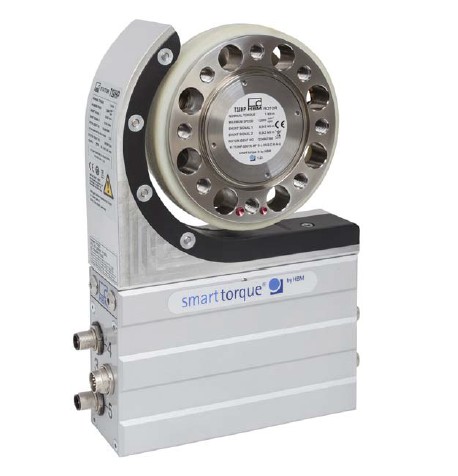
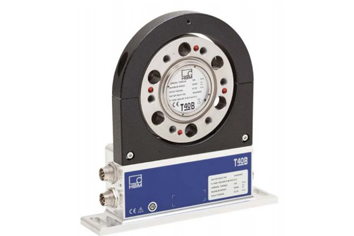
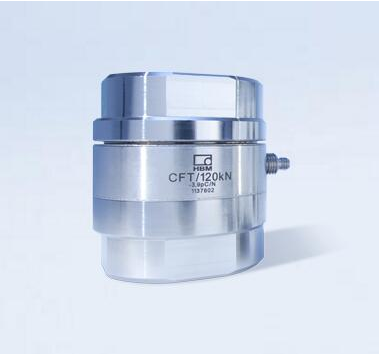
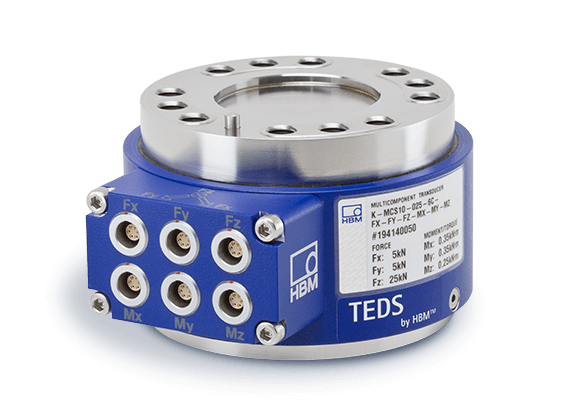

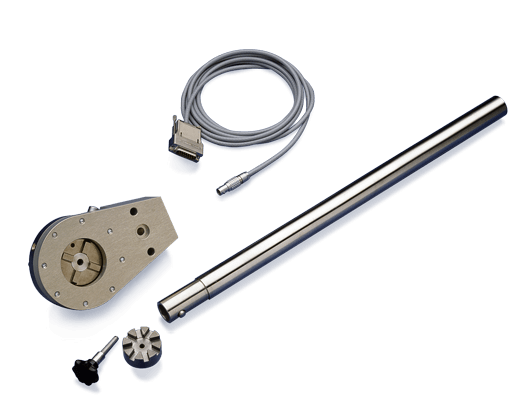
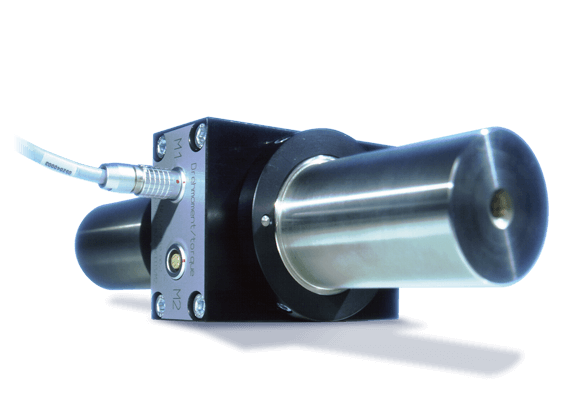
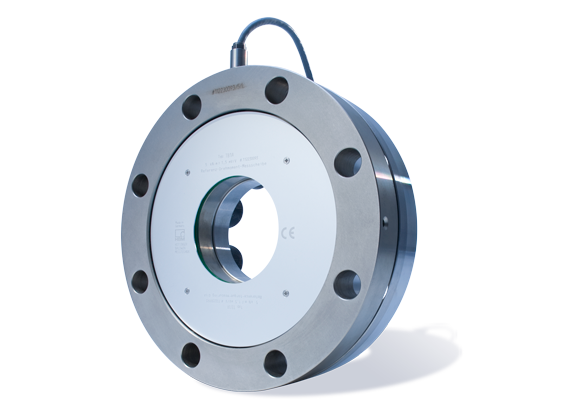
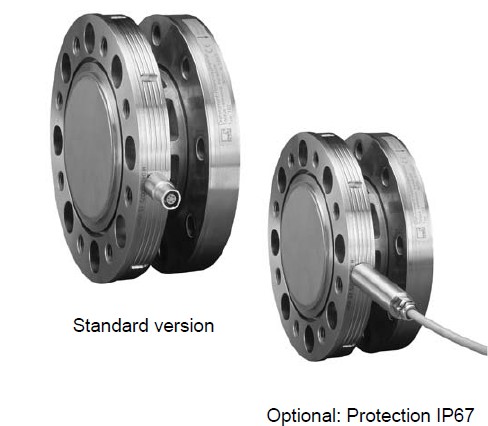
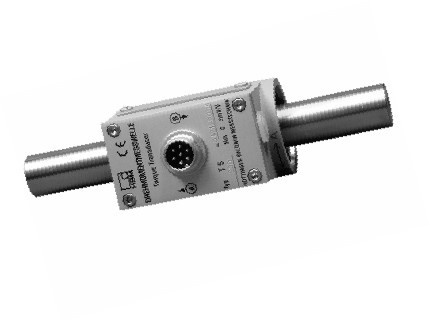

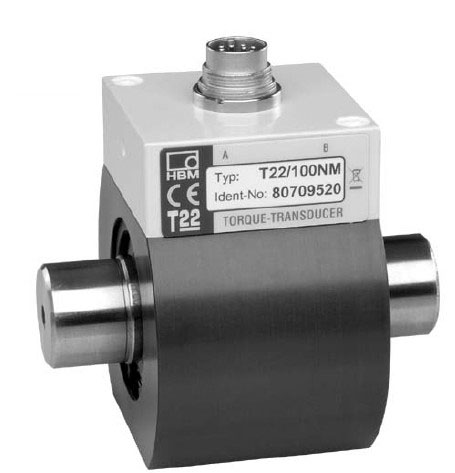


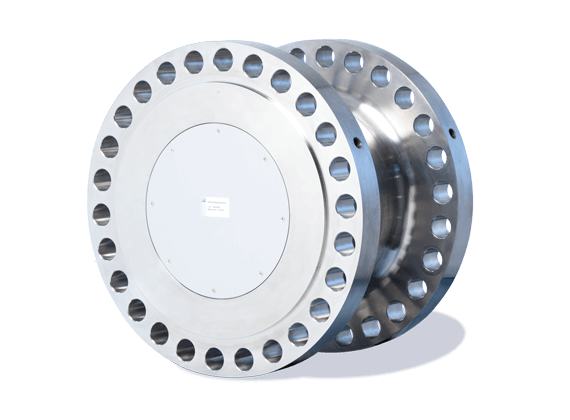
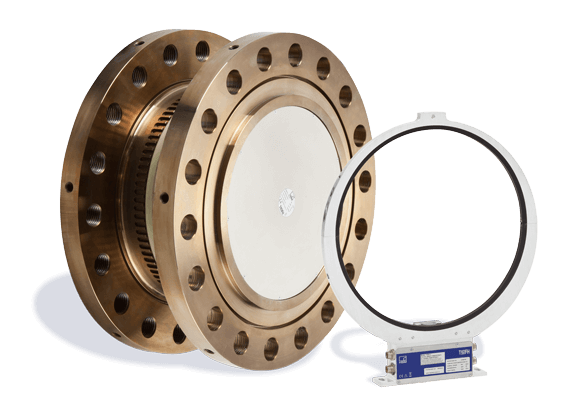











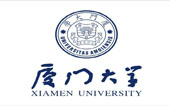
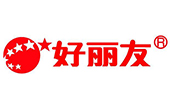


 售前咨询
售前咨询